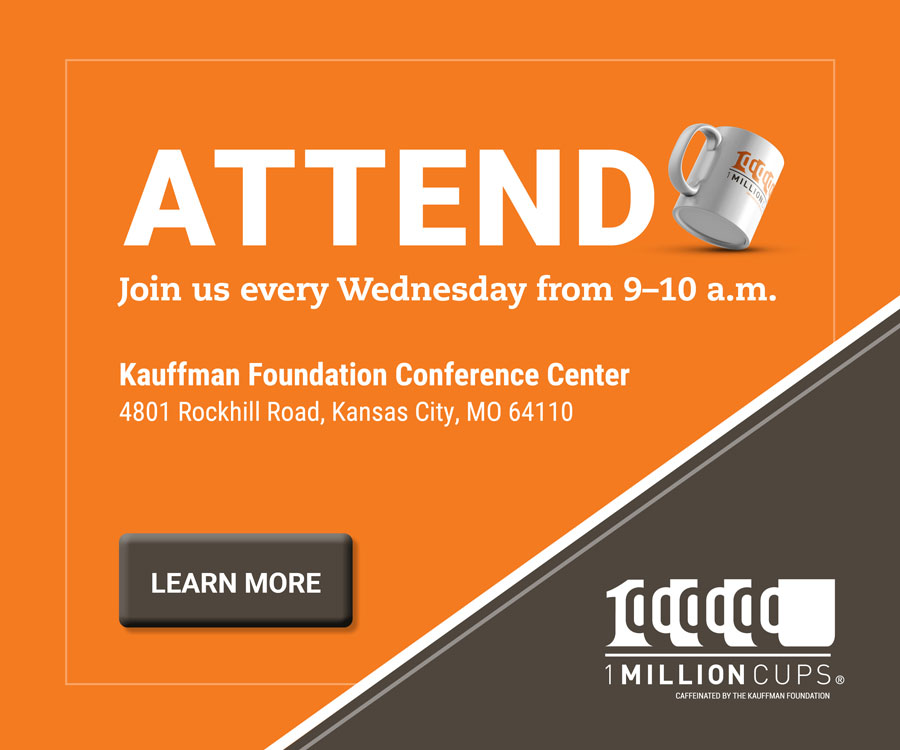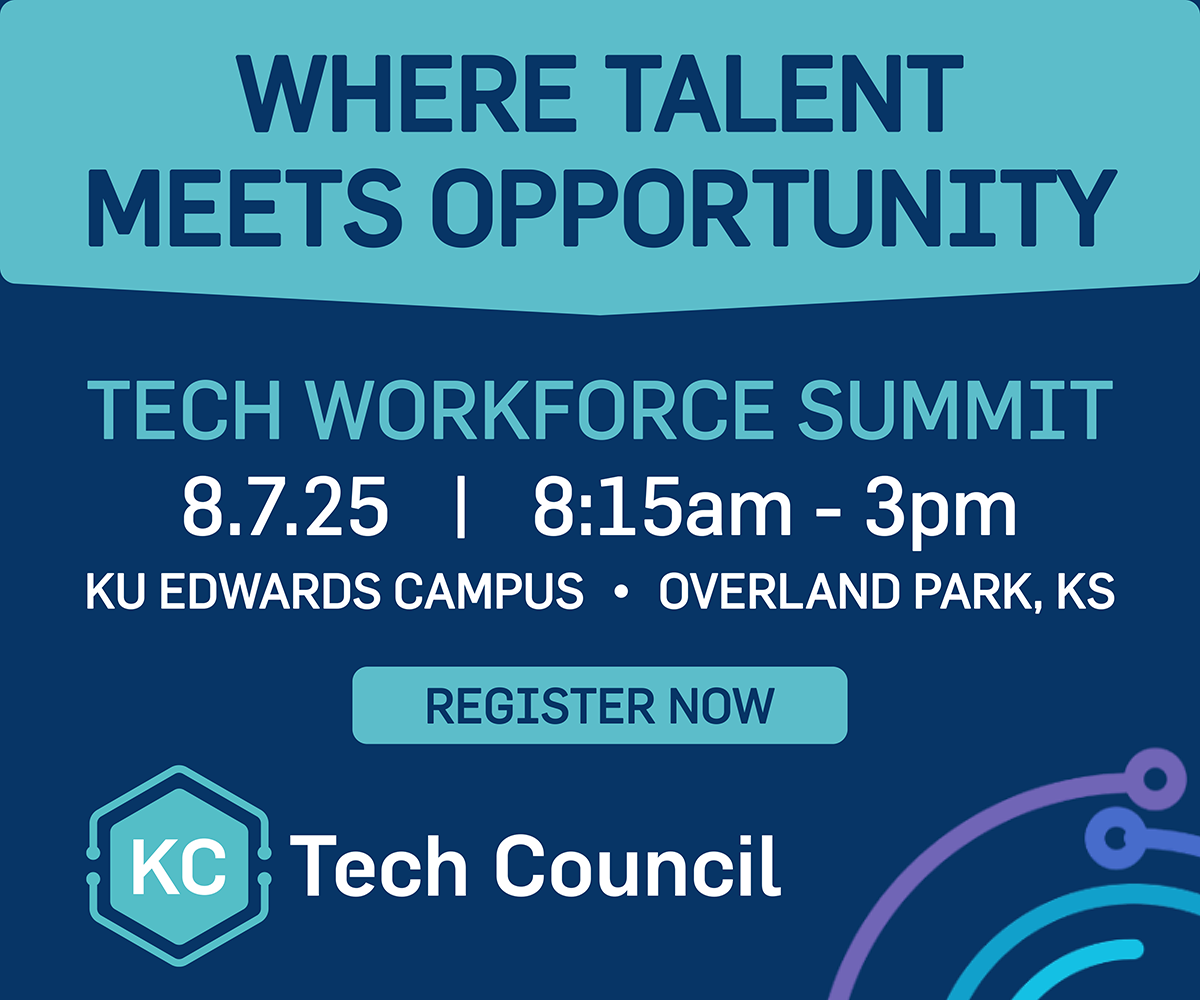The much-anticipated “Kansas City Living Lab” — a platform for application development that taps the Kansas City Smart City initiative — is now welcoming new tech partners.
Using smart city infrastructure, the Living Lab allows innovators to test and commercialize technologies that can solve problems in Kansas City. The project is led by Think Big Partners and its launch was announced Wednesday at the Gigabit City Summit.
It’s a meaningful development for a world that sees 3 million people move to a city each week, said Herb Sih, managing partner at Think Big Partners. 54 percent of the world’s population today lives in a city and that number is expected to grow, he said.
“That’s not a bad thing,” Sih said. “Cities are trying to become more vibrant and dense, and with more density comes more economic prosperity. But, then that brings more problems of traffic, water, public safety and crime.”
The Smart City initiative is a $15.7 million, public-private tech project in downtown Kansas City. Kansas City signed an agreement with Sprint and Cisco in 2016 to create the largest smart city in North America, building a massive public Wi-Fi and sensor network to collect users’ data to improve municipal services.
Since its launch, the initiative has established 328 Wi-Fi access points, 178 smart lighting video nodes and 25 smart kiosks, laying the foundation on which the city can begin to collect data on downtowners’ behavior.
They’re issues the Living Lab can be used to tackle thanks to community partners working to bring the project to fruition, he said.
“I’m really proud of how Kansas City has come together to collaborate on this project,” Sih said. “We see other cities that are far less collaborative.”
The Living Lab platform aims to attract innovators to use the city’s existing smart city, gigabit infrastructure. The platform will act as a testbed for technology, giving entrepreneurs access to all the data and tools they need.
“(The Living Lab) will allow entrepreneurs to look at the data that’s already there, due to these sensors, and be able to build and test their ideas,” Sih said. “They’ll be able to understand and evaluate the technology that they’ve built. This helps this technology get into the commercial marketplace, and that’s how you can start making a difference.”
An information session on the Living Lab is planned for August, Sih said.






































